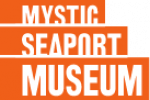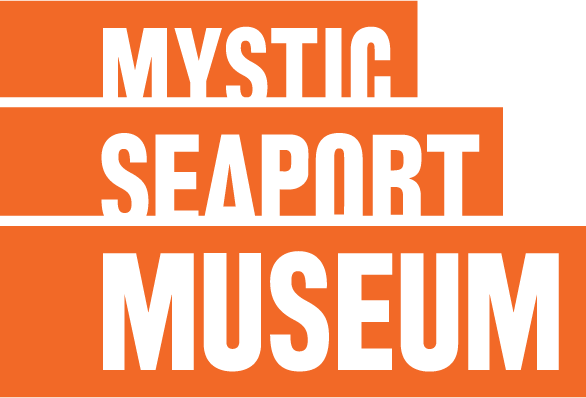WASHINGTON – The Institute for Museum and Library Services has awarded Mystic Seaport a competitive matching grant of $80,343 through the Museums for America program to help fund a project to digitally catalog nearly 5,000 historical objects, documents, and photographs. The selected artifacts will be incorporated into an online learning project for students and teachers, as well as programming related to the recent launch and planned 2014 voyage of Mystic Seaport’s flagship, the 1841 whaleship Charles W. Morgan.
 Rep. Joe Courtney (CT-2) announced the award.
Rep. Joe Courtney (CT-2) announced the award.
“This grant will assist one of our district’s most important historical institutions in creating a permanent database of significant artifacts from New England’s maritime heritage,” Courtney said. “By creating an electronic archive, Mystic Seaport will preserve these important pieces of our history and give students around the world access to Connecticut treasures. As the Charles W. Morgan embarks on a voyage to share New England’s whaling history, this archive will be a valuable tool for Mystic Seaport to bring that history to life.”
The funds will be used to support a full-time cataloger and purchase of supplies and equipment in support of project activities. The Museum will provide a cost share of $85,864 for a total project cost of $166,207.
The objects selected for the project, all acquired within the past several years, represent an important body of material that is presently not available to support the needs of Mystic Seaport staff or outside users. The project will create detailed catalog records in the Museum’s collection database to enable immediate in-house and external access to support research, exhibit and program development, publications, and teacher professional development, among other activities.
 The project will specifically support two key Mystic Seaport initiatives: an online learning project for students and teachers and programming associated with whaling and the Museum’s restoration and planned 38th Voyage of the Morgan. Both of these initiatives informed the object selection for the cataloging project and both will benefit substantially from the project.
The project will specifically support two key Mystic Seaport initiatives: an online learning project for students and teachers and programming associated with whaling and the Museum’s restoration and planned 38th Voyage of the Morgan. Both of these initiatives informed the object selection for the cataloging project and both will benefit substantially from the project.
The selected objects span more than two centuries of the American maritime experience and include several thousand historic photographs depicting a wide range of maritime people and activities, scrimshaw, fishing and whaling gear, ship and boat parts, tools, ceramics, textiles, ship models, and other three-dimensional objects. Also included are two-dimensional items such as paintings, prints, advertising items, postcards, posters, and printed ephemera.
About the Institute of Museum and Library Services
The Institute of Museum and Library Services is the primary source of federal support for the nation’s 123,000 libraries and 17,500 museums. Its mission is to inspire libraries and museums to advance innovation, lifelong learning, and cultural and civic engagement. The organization’s grant making, policy development, and research help libraries and museums deliver valuable services that make it possible for communities and individuals to thrive. To learn more, visit www.imls.gov.


